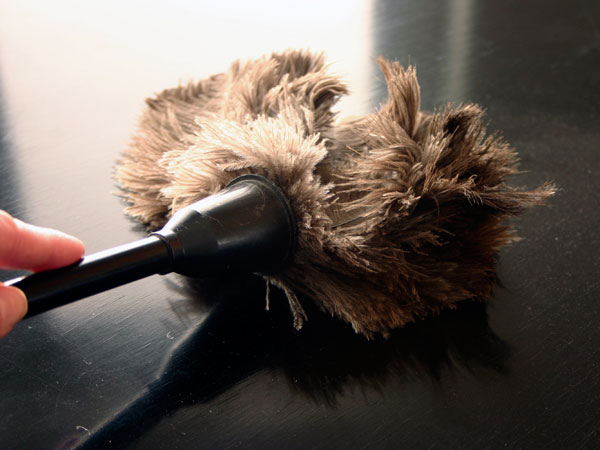**This is a synopsis of an article originally published in Medical News Today.
Dust mites are microscopic bugs found all over the world (except Antarctica). They are attracted to warm, humid environments, especially our homes. They feed off of dead skin cells left behind on fabric surfaces (i.e., carpets, couches, pillows and stuffed animals) and wreak havoc all year long on those with allergies and asthma. Dust mites cause allergies through their waste, and after they die, their remains become an allergen, too.
One person sheds enough skin to feed millions of dust mites a day, which means someone’s home can have millions of dust mites in it.
Symptoms of a dust mite allergy are similar to seasonal allergies. However, persistent year-round symptoms may be a sign of a dust-mite allergy:
- Red itchy eyes
- Runny nose
- Stuffiness
- Watery eyes
- Sneezing
- Cough
- Post-nasal drip
- Itchy throat or nose
In order to know for certain, your doctor will order some tests to determine the cause of your allergy symptoms:
- Skin prick test (SPT): After poking the skin with a small needle, a drop of the allergen is added. If the area becomes inflamed, the allergy is present.
- Specific IgE Blood Test: A drop of the allergen is mixed with a blood sample; the number of antibodies that develop in the sample is measured. The higher the number of antibodies, the higher the likelihood of an allergy.
There is no one cure for allergies, however, there are plenty of preventative and treatment options for dust-mite allergies including decongestants, antihistamine, nasal steroids, and leukotriene inhibitors (i.e., Singulair, which blocks the allergic response). These are effective treatments for people with asthma. Other long-term treatment options include immunotherapy, which works like a vaccine: small doses of the allergen are administered over a period of time, building a tolerance to the allergen. Allergy shots or an oral, sublingual tablet called Odactra are longitudinal options as well.
In accompaniment to these prescription treatments, patients can drink herbal tea to soothe the throat and use nasal washes to clear the nasal passages. Herbal supplements that contain butterbur and spirulina can be helpful, but please consult with your doctor first.
Although dust mites are nearly impossible to get rid of, you can take measures to cut down on their presence:
- Use airtight mattress, pillow, couch, and box spring protectors.
- Use pillows with synthetic fibers.
- Use a dehumidifier or air conditioner to keep humidity at less than 50 percent.
- Use blinds instead of curtains, whenever possible.
- Remove stuffed animals from the home or wash them on hot regularly.
- Wash bedding in hot water and dry on high heat once a week.
- Remove carpet in bedrooms, if possible.
- Wear a mask when dusting and wet-dust regularly.
- Vacuum using double sealed or HEPA-filtered machines.
- Wash rugs in hot water and dry on high heat.
- Mop hard floors regularly.
The best method of prevention is to clean deeply and regularly!
Read the full article here.
** We offer allergy testing at our Scottsdale clinic. Please call us today to schedule your appointment:
(480) 455-3000
About 4C Medical Group
 4C Medical Group is a primary care driven integrated healthcare delivery network in the Phoenix, Arizona market. Our network provides care to patients in acute, post-acute, specialty care, wellness, medicare advantage, and virtual appointments.
4C Medical Group is a primary care driven integrated healthcare delivery network in the Phoenix, Arizona market. Our network provides care to patients in acute, post-acute, specialty care, wellness, medicare advantage, and virtual appointments.
With over 12 locations throughout Phoenix, our patients can easily find a location near them. Discover more about 4C Medical Group and our network of physicians.
Comments are closed.



